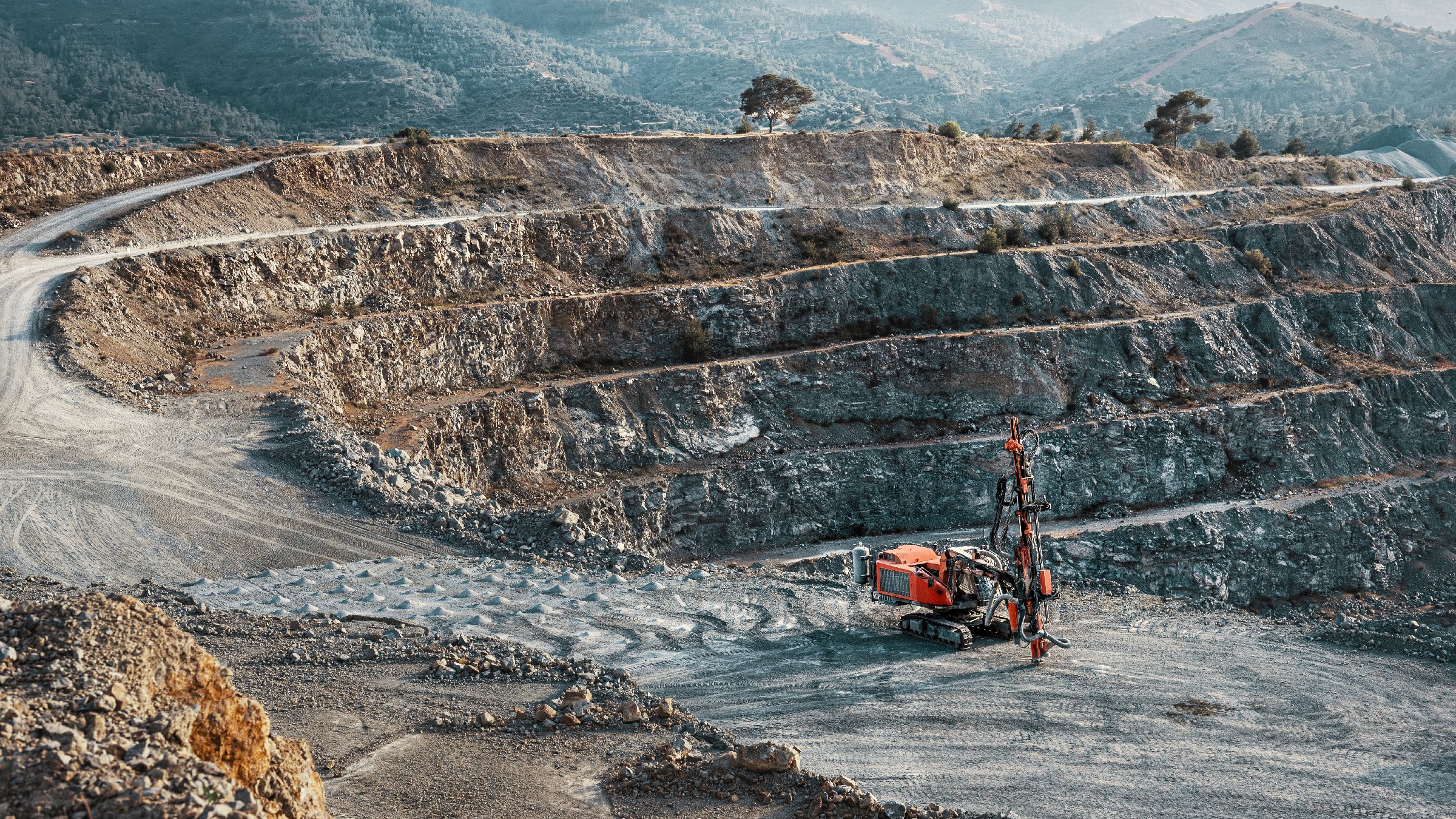Green Energy's Impact on the Demand for Minerals
According to a recent report by the International Energy Agency (IEA), the global shift towards green energy is driving greater demand for green metals and minerals such as copper, nickel, lithium, and cobalt, to help reduce the dependency on fossil fuels and meet net zero goals. These elements are integral components of renewable energy technologies, energy storage systems and electric vehicles among many other uses. As the world accelerates the transition towards cleaner and more sustainable energy sources, the demand for these critical minerals is projected to surge.
However, the urgent shift toward green energy also brings challenges. In the next three to five years, the demand for green metals and minerals is anticipated to outstrip supply, leading to significant price increases. The limited availability of these resources has prompted a race for mining companies to increase and optimize production, secure access to their supply chains and develop reliable value chains.
The Opportunity for Asia Pacific in the Global Energy Transition
Asia Pacific is fast becoming a key player in the global energy transition. China, Australia, and Indonesia are among the world’s top producers of critical minerals like lithium and nickel, with their rich geological reserves and expertise at extracting these minerals. As demand for critical minerals increases, governments are introducing or updating their policies and regulations to secure access of these minerals, reduce dependencies on external sources, and develop contingency plans to address supply chain disruptions. This aligns with the broader global movement to establish resilient and reliable supply chains for critical minerals following the pandemic and geopolitical uncertainties.
The Federal Government of Australia, for example, has set up the Critical Minerals Strategy 2023–2030 to grow the sector in several ways including onshoring – which is to scale up its downstream processing and manufacturing capabilities. By doing so, Australia seeks to capture more of the value chain and create a sustainable industry that can contribute to both economic growth and job creation.
‘Friendshoring’ is another trade practice that is catching on in the critical minerals space, where countries are collaborating and forming alliances and agreements with other trusted countries for a more stable supply of green minerals between them.
Nations like India and China are heavily investing in renewable energy and related technologies to meet their environmental goals, while across Asia Pacific, countries are prioritizing more environmentally friendly and sustainable practices in their mining and production, in alignment with global sustainability goals.


